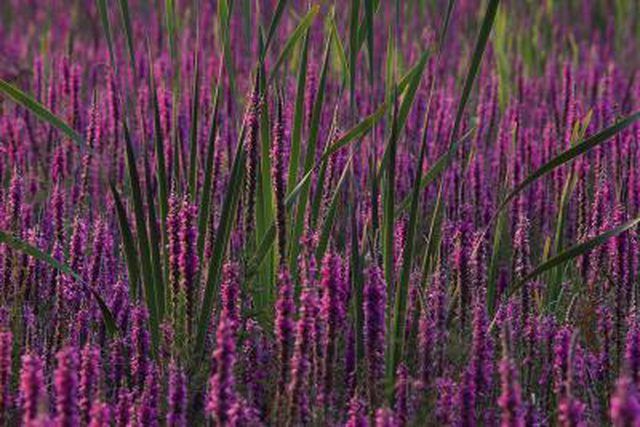Bulbs
Flower Basics
Flower Beds & Specialty Gardens
Flower Garden
Garden Furniture
Garden Gnomes
Garden Seeds
Garden Sheds
Garden Statues
Garden Tools & Supplies
Gardening Basics
Green & Organic
Groundcovers & Vines
Growing Annuals
Growing Basil
Growing Beans
Growing Berries
Growing Blueberries
Growing Cactus
Growing Corn
Growing Cotton
Growing Edibles
Growing Flowers
Growing Garlic
Growing Grapes
Growing Grass
Growing Herbs
Growing Jasmine
Growing Mint
Growing Mushrooms
Orchids
Growing Peanuts
Growing Perennials
Growing Plants
Growing Rosemary
Growing Roses
Growing Strawberries
Growing Sunflowers
Growing Thyme
Growing Tomatoes
Growing Tulips
Growing Vegetables
Herb Basics
Herb Garden
Indoor Growing
Landscaping Basics
Landscaping Patios
Landscaping Plants
Landscaping Shrubs
Landscaping Trees
Landscaping Walks & Pathways
Lawn Basics
Lawn Maintenance
Lawn Mowers
Lawn Ornaments
Lawn Planting
Lawn Tools
Outdoor Growing
Overall Landscape Planning
Pests, Weeds & Problems
Plant Basics
Rock Garden
Rose Garden
Shrubs
Soil
Specialty Gardens
Trees
Vegetable Garden
Yard Maintenance
Facts About Wild Violets
Facts About Wild Violets. Although widely considered a stubborn weed, the plant known as wild violets also produces a brightly colored flower in the spring. Due to its aggressive overgrowth, wild violets remain quite common outside of gardens.

Although widely considered a stubborn weed, the plant known as wild violets also produces a brightly colored flower in the spring. Due to its aggressive overgrowth, wild violets remain quite common outside of gardens.
Identification
Wild violets are sometimes referred to byother names, including the common blue violet, the hooded blue violet or the meadow violet. Although usually purple or blue, wild violet flowers may also appear completely white or gray.
Features
The plant has green, waxy, heart-shaped leaves. The flowers have five petals around a white or yellow center. They sit low to the ground, around the same level as the plant and are perched upon short stalks sans leaves.
Control
Although difficult to control, wild violets can be manged if gardeners frequently pull and dig up the weed. A sprinkling of triclopyr, a common herbicide, helps to control wild violets, specifically in turf areas.
Geography
Wild violets originated in North America. Commonly found in the New England area, the plant thrives in wet, cool and shady regions.
Time Frame
The wild violet flower generally blooms for three months, primarily between April and June. During the summer, the plant also produces cleistogamous flowers, or flowers that never open and lie out-of-sight, under the leaves. The plant itself can live for up to two years.